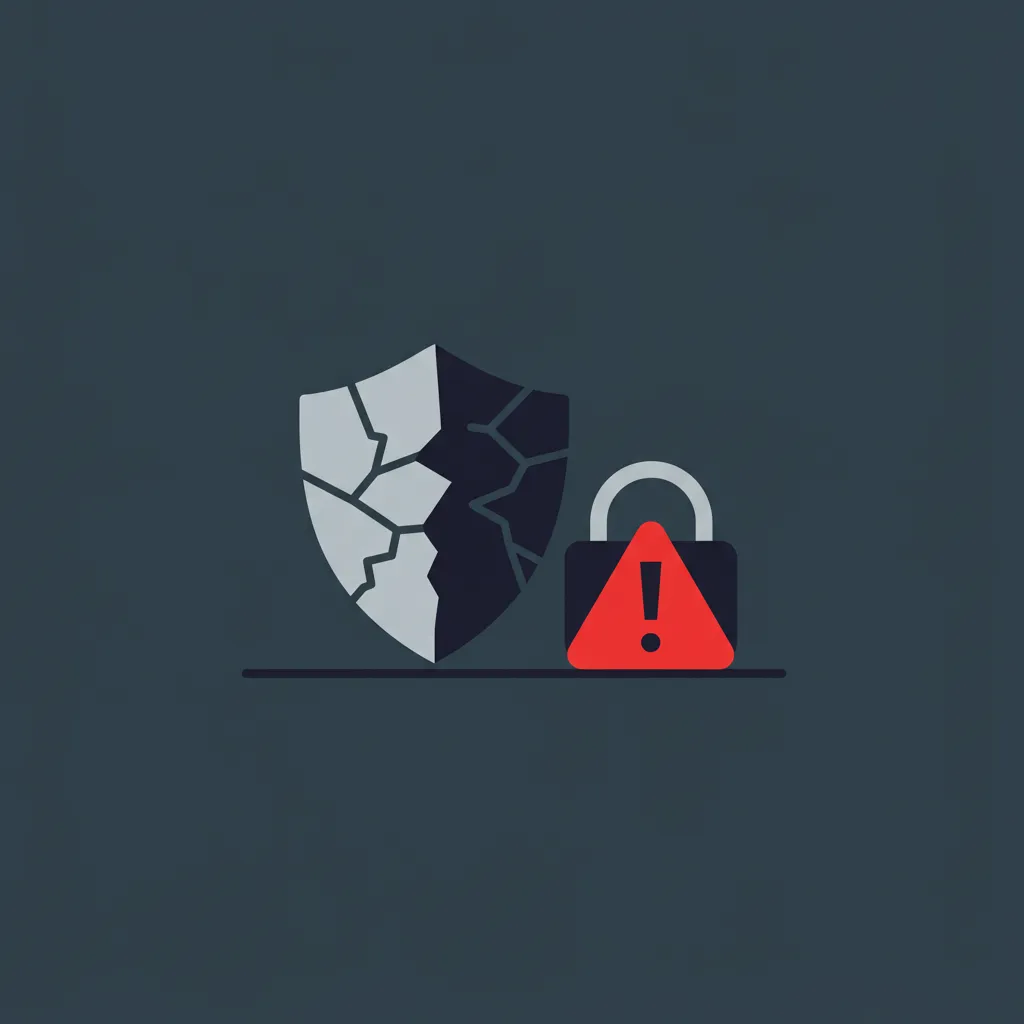
Top 7 Web Security Practices Every Developer Should Follow in 2025
In an age where cyber threats are increasingly sophisticated, web developers must prioritize security from the very beginning of a project. Ignoring it can lead to devastating data breaches, loss of user trust, and legal consequences. This guide covers the top 7 web security practices every developer should follow in 2025 to build secure, resilient web applications.
1. Implement HTTPS Everywhere
Always serve your website over HTTPS using SSL/TLS. It encrypts data in transit, ensuring protection against man-in-the-middle (MITM) attacks and data interception.
- Use Let's Encrypt to get a free SSL certificate.
- Set up HTTP Strict Transport Security (HSTS).
- Redirect all HTTP traffic to HTTPS.
Pro Tip: Use Mozilla Observatory to test your HTTPS setup and overall site security.
2. Sanitize and Validate User Input
Never trust user input. Attackers often exploit unsanitized inputs to inject malicious code (like SQL injection or cross-site scripting).
- Validate input on both client and server sides.
- Use parameterized queries or ORM frameworks to avoid SQL injection.
- Sanitize HTML content to prevent XSS.
Recommended Libraries:
- DOMPurify (for XSS protection)
- express-validator (for Node.js apps)
3. Use Secure Authentication and Authorization
Access control is a common vulnerability point. Use strong, modern authentication and enforce strict authorization policies.
- Use industry-standard libraries like OAuth 2.0 or OpenID Connect.
- Implement multi-factor authentication (MFA).
- Use hashed and salted passwords (e.g., bcrypt or Argon2).
Avoid: Storing passwords in plaintext, hardcoding credentials, or building your own crypto/auth logic.
4. Keep Dependencies Up to Date
Outdated libraries and packages often contain known vulnerabilities. Regular updates are critical.
Use tools like:
npm auditoryarn audit- Snyk
- Dependabot
Regularly check for CVEs affecting your tech stack.
Bonus: Automate dependency updates with CI/CD pipelines.
5. Apply Proper Security Headers
Security headers add layers of protection in the browser. Configure them correctly to prevent various attacks.
Key headers to set:
Content-Security-Policy(CSP)X-Content-Type-Options: nosniffX-Frame-Options: DENYReferrer-PolicyStrict-Transport-Security
Use SecurityHeaders.com to analyze and improve your header configuration.
6. Limit Exposure Through CORS and Rate Limiting
Control who can access your APIs and how often.
CORS (Cross-Origin Resource Sharing):
- Only allow trusted origins.
- Avoid
Access-Control-Allow-Origin: *in production.
Rate Limiting:
- Prevent brute force attacks and abuse.
- Use libraries like
express-rate-limit.
Extra Layer: Implement IP whitelisting or geo-blocking if applicable.
7. Perform Regular Security Testing
Security is not a one-time task—test early, often, and after every change.
Static Analysis Tools:
- SonarQube, ESLint security plugins, etc.
Dynamic and Penetration Testing:
- Use tools like OWASP ZAP or Burp Suite.
Bug Bounty Programs:
- Invite external researchers to test your application ethically.
Documentation: Maintain a security checklist and document remediation steps.
Final Thoughts
Security is a shared responsibility between developers, DevOps, and even users. By integrating these best practices into your workflow, you’ll not only protect your users but also enhance the overall credibility and performance of your application. Start today—every secure line of code makes the web a safer place.
Stay safe. Code responsibly.

